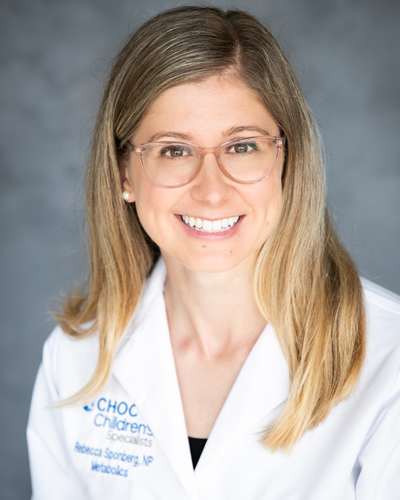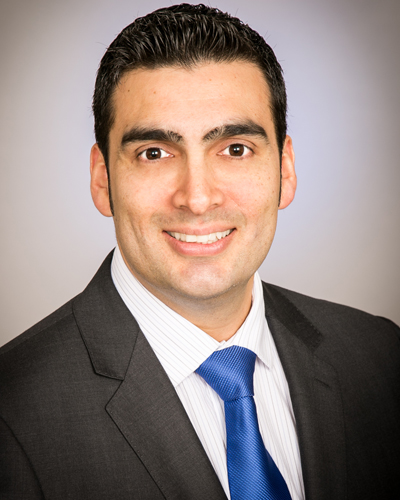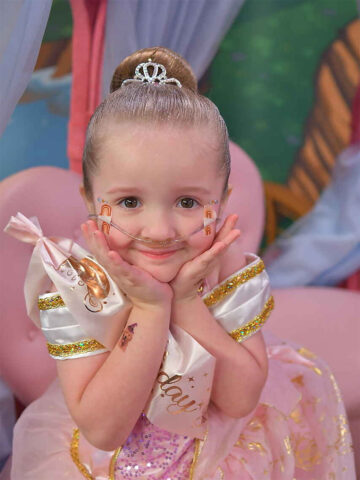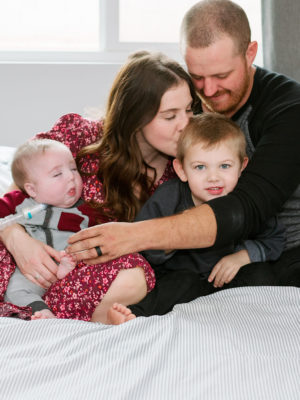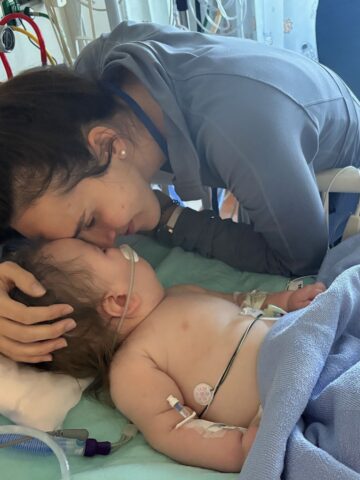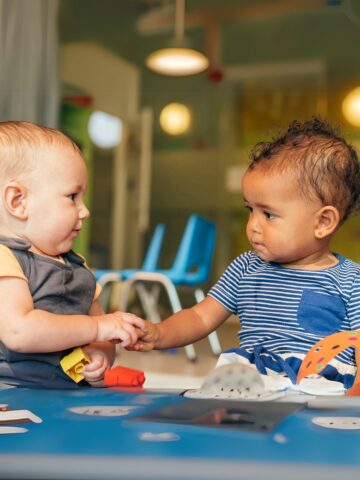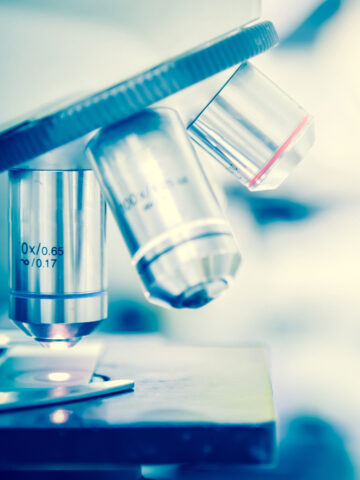Batten Disease Program
Call today to schedule an appointment with one of our pediatric specialists.
Metabolic Disorders Referrals
View the referral guidelines
Batten disease is a rare and fatal disease of the nervous system that typically begins in childhood. It is the most common form of a group of disorders called neuronal ceroid lipofuscinoses, or NCLs. There are many forms of NCLs, known as CLN1 through CLN14, that are often referred to as Batten disease. Batten disease is a type of lysosomal storage disorder.
CHOC is one of the first among a few hospitals in the United States to provide Brineura™ to patients. Brineura™ is currently the only treatment for a specific form of Batten disease known as CLN2, or late-infantile NCL.
In April 2017, the FDA approved Brineura™ as a specific treatment for late-infantile onset neuronal ceroid lipofuscinosis (CLN2) disease. Years of clinical studies of CLN2 patients treated with Brineura™ found that the treatment slowed, or even stopped, the rate at which walking and speech were lost.
Currently, there are no other specific treatments known to halt or reverse the symptoms of any other types of NCL. Brineura™ is effective only for CLN2 type Batten Disease.
For all forms of Batten Disease, seizures can be reduced or controlled with antiepileptic drugs, and psychiatric and motor problems can be managed with medication. Physical therapy and occupational therapy may help patients retain motor functioning as long as possible. Gastrostomy tube placement may be required if patients lose enough eating ability that they can no longer maintain their weight. Get more information about other forms of NCLs.
How is Brineura™ administered at CHOC?
Brineura™ is a type of treatment called enzyme replacement therapy (ERT). It’s administered through intraventricular infusion – a method that allows Brineura™ to be directly delivered into the fluid surrounding the brain, known as the cerebrospinal fluid, to get to cells of the brain.
CHOC metabolic specialists work closely with our neurosurgery physicians and the nurses of our Neuroscience Institute to administer the medicine. Each CLN2 patient has an Ommaya reservoir implanted under their scalp, which allows the medicine to be infused directly into the ventricle of the brain.
Every 14 days, a CHOC neurosurgeon and a team of highly trained nurses use highly sterile techniques to insert a needle into the patient’s Ommaya reservoir to administer the medication. The infusion lasts four hours, and after an hour of observation without side effects, the patients can go home.
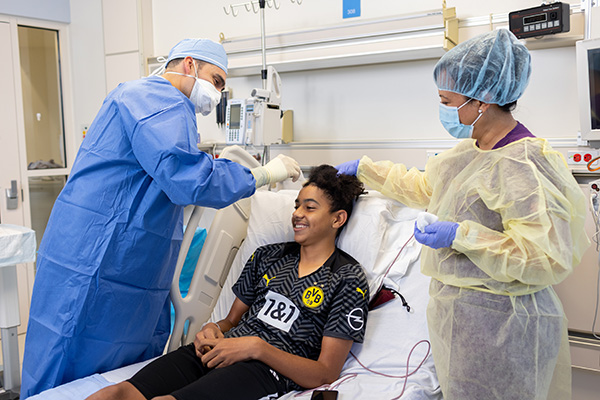
Featured Stories
Pulmonology
A rare diagnosis, a resilient spirit
A rare diagnosis won’t define Amelia. With resilience, laughter and expert care at Rady Children’s, she’s living fully and lighting the way for others.
Heart / Cardiology
Making great progress, strides after deep brain stimulation procedure
A deep brain stimulation surgery at CHOC has given 9-year-old Ryder and his family an improved quality of life.
Genetics
Leveraging technology to help critically ill children with rare diseases
Though facing a rare disease, Oliver and his family found a diagnosis and hope at CHOC through the help of rapid whole-genome sequencing.
Healthcare
Parents of 1-year-old with exceedingly rare and life-threatening mitochondrial disease entrust Rady Children’s above anywhere else
With time not on their side, CHOC care team pulls out all stops to save life of Emery Kline.
Healthcare
CureARS and CHOC symposium unites leading rare disease researchers
The event drew participants from representatives of eight children’s hospitals, 15 organizations, and a total of 200 attendees representing 20 states and four countries.
Healthcare
CHOC earns national distinction as Batten Disease Center of Excellence
CHOC is one of five Batten Disease Centers of Excellence across the country and the only one on the West Coast.
